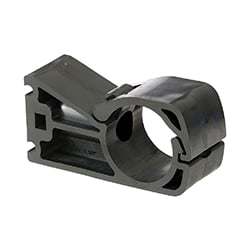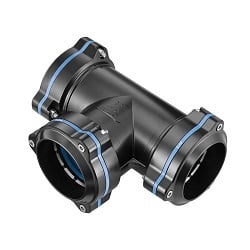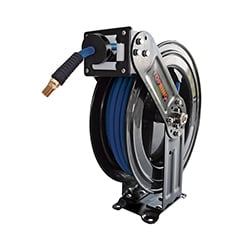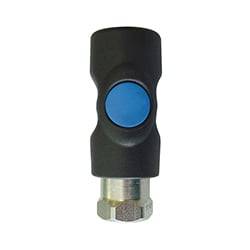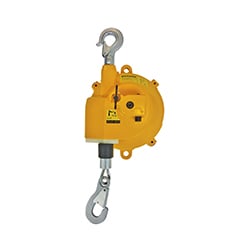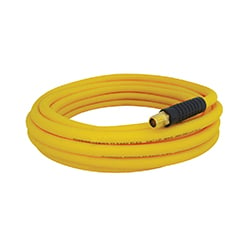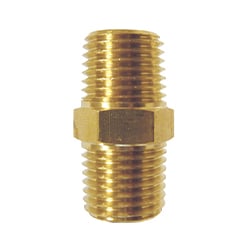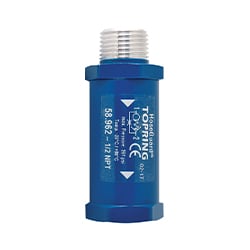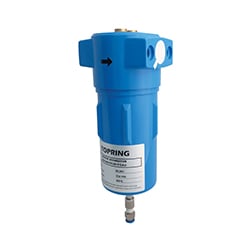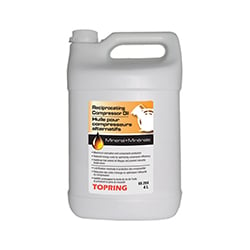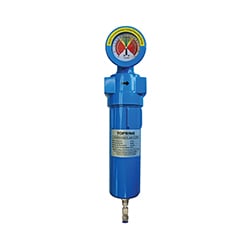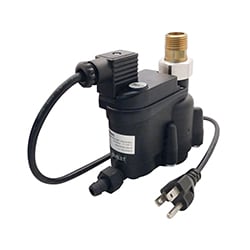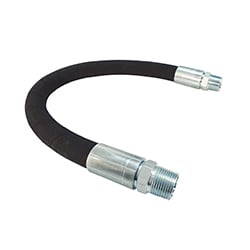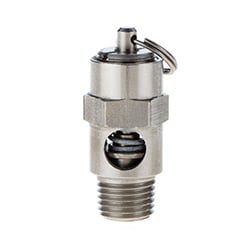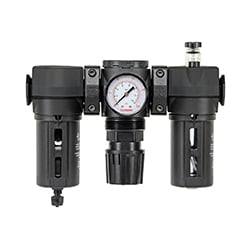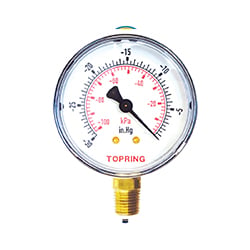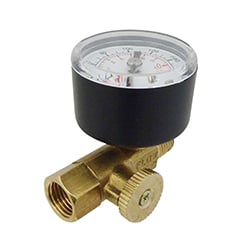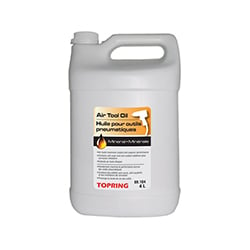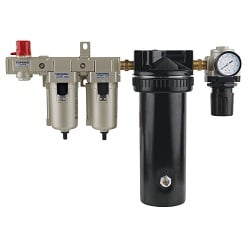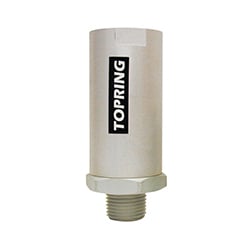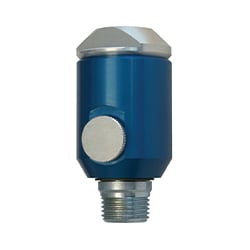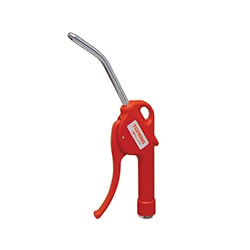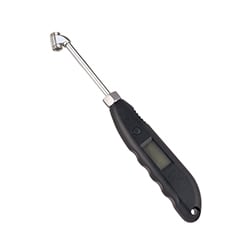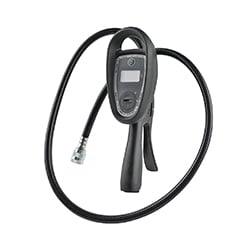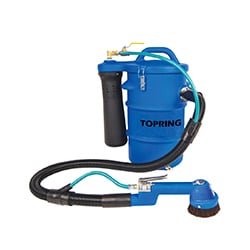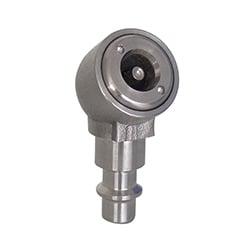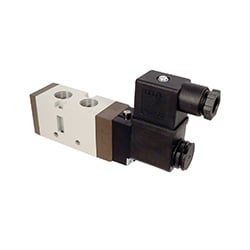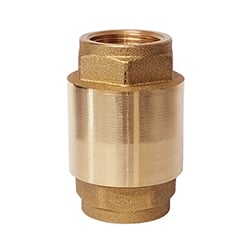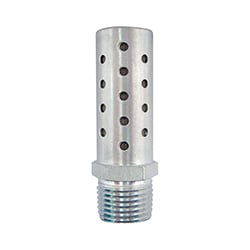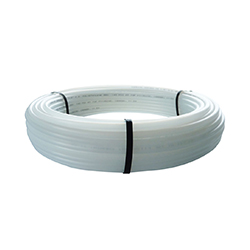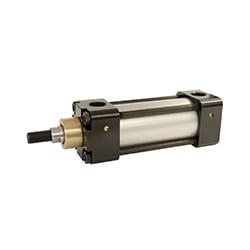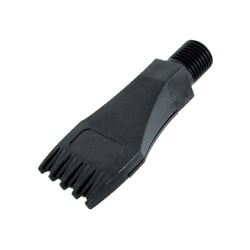We have grouped together the most frequently asked technical questions. Find an answer quickly thanks to the search tool by keywords. The questions are classified according to the product group to which belong the product (s) concerned by the question. A general category is presented at the beginning of the page. Click on the product group pellet to go directly to the relevant section. Browse the various companion documents to learn more about each topic.
Pressure (pounds per square inch, or PSI) is the force exerted by air, while compressed airflow (standard cubic feet per minute, or SCFM) is the volume of air.
No. Increasing the compressor’s pressure will not improve the performance of pneumatic tools— it will only increase wear on your tools. Your tools need a higher compressed airflow (higher air volume). To increase the volume of air, the compressed air system must be properly configured, the hoses must have a wide diameter and be as short as possible, and high-flow quick couplers must be used.
Compressed air from a compressor contains water and particles that form undesirable condensate, which must be removed to prevent problems. Clean, dry air can be obtained by using a water separator, compressed air filter, refrigerant air dryer, condensate drain, and oil–water separator.
Pipe corrosion can be eliminated by using a compressed air filter. This will reduce wear and tear on air tools and lengthen the system’s service life. Depending on the application and the required air quality, there are five filtration levels for compressed air treatment.
The ideal solution is a closed-loop compressed air system with hoses wide enough to supply the air demand for all pneumatic tools and equipment. You can maximize your compressed air by following certain design rules.
Install lockout ball valves so that sections of the system can be isolated, or locked out, for repair, connection, expansion, or periodic maintenance.
Topring only allows assemblies of components from the same series. For 40, 50 and 63 mm S06 networks that need fitting replacements, S07 fittings can be used because they are certified for use with the same pipes as older S06. The only method approved by Topring for connecting a 40, 50 or 63 mm S06 or S07 network to S08 piping is to use an adapter going from S06/S07 to NPT threads, then another adapter from NPT to S08.
A filter/regulator/lubricator assembly or process—FRL for short—is the best way to ensure optimal performance of air tools and equipment at the point of use.
The filter removes residual water, vapour, and particles.
The lubricator sends the right amount of oil to the pneumatic tools, extending their service life.
The regulator controls and regulates pressure at the point of use.
Install as close to the tool as possible - within 5 meters. If it's more than 5 meters, install a in-line lubricator directly to the tool to ensure proper lubrication.
When a quick coupler breaks free of a pressurized air hose or a pressurized hose ruptures, the hose becomes a wild, thrashing hazard that can lead to serious injuries and even death. If a hose breaks free or ruptures, a HoseGuard® safety valve immediately cuts off its air supply.
Hoses can be repaired using hose clamps, reusable lock-on fittings, reusable fittings for rubber hoses, or reusable fittings for polyurethane hoses.
You may have to adjust the spring tension for one of three reasons:
- If new, the spring may have too much or too little tension for your application.
- A spring loses some strength over time, so you may have to increase the tension on the hose.
- If the hose is damaged (e.g. the hose stopper is cut off at the hose and the hose reel is unlatched), it will use all the hose reel’s spring tension as it winds back up.
Identify plug profiles and quick coupling (or coupler) threads using the full-size profile chart or the quick identification tool.
An automatic coupler is connected by inserting the plug into the coupler without manually activating the sliding sleeve (although it must be activated for disconnection). Conversely, with a manual coupling, the sleeve must be retracted by hand to connect or disconnect the plug.
Use hose whip checks or restraints between pneumatic tools and quick couplers to protect against repeated impacts that can cause premature damage to the coupler.
Under no circumstances should compressed air be used to clean dirt off clothing or any part of your body. A safe personal cleaning unit should be used for that purpose.
When choosing a pneumatic air tube, consider the operating pressure, work environment, flexibility and resistance to twisting, required compressed airflow, operating temperature, and type of fitting used.


